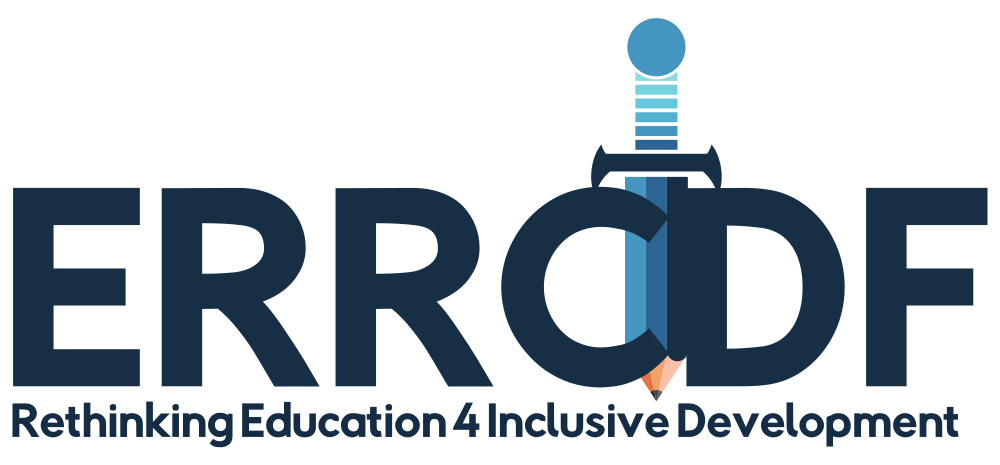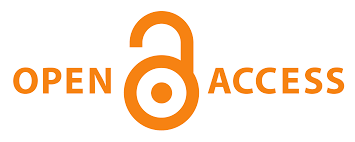Adopting the ICT Innovation to Administrative and Activity Procedures in a University
DOI:
https://doi.org/10.51986/ijer-2021.vol3.02.07Keywords:
ICT innovation, OREX, ANOVA, COVID-19, Administrative and activities Procedures.Abstract
Information Communication Technology (ICT) has made performing administrative tasks more convenient for organisations. This paper discusses the contribution of ICT innovations to administrative effectiveness with respect to the Open University of Tanzania (OUT) and, specifically, their examination process. An analytical study guided by one hypothesis has been applied in this paper to understand the utilisation of ICT at OUT and framed within the timeframe of the COVID-19 pandemic. The hypothesis states that there is no significant difference in the mean response of students, lecturers, and administrators on the effectiveness of ICT in the Online Oral Examination System (OREX) and administrative process of the OUT. The use of both primary data collected through administered questionnaires to the university population and secondary data sourced from existing literature aided in determining the findings. The results revealed that ICT innovations could be effective if well used in university activities and more suitable if adapted in an innovative way for online admission and a perfect fit for online examination system such as OREX, which was developed as a response to the pandemic. The study also inveterate that the students, lecturers and senior administrative Staff (Registry) had very similar responses on the effectiveness of ICT innovation on the administrative process and academics of the OUT. It was recommended, among others, that the university should mobilise resources towards the provision of facilities and training of its ICT personnel for more relevant innovations, particular for online examination processes such as OREX.
References
Abdulkareem, S., & Nathan N. (2018). Computer-Based Testing (CBT) System for GST Exams in Adamawa State University, Mubi. Asian Journal of Research in Computer Science, 2(1), 1-11.
Abubakar, A. S., & Adebayo, F. O. (2014). Using Computer-Based Test Method for the Conduct of Examination in Nigeria: Prospects, Challenges and Strategies. Mediterranean Journal of Social Sciences,5(2),47-55.
Bandari, F. M. (2014). Adoption of computer-based testing and assessment in national examinations in Kenya. A research project, University of Nairobi, Kenya.
Desanctis, G., & Poole, M. S. (1994). Capturing the Complexity in Advanced Technology Use: Adaptive Structuration Theory. Organization Science, 5(2), 121–147.
Ghavifekr, S., & Rosdy, W.A.W. (2015). Teaching and learning with technology: Effectiveness of ICT integration in schools. International Journal of Research in Education and Science, 1(2), 175-191.
Giddens, A. (1984) The Constitution of Society. Outline of the Theory of Structuration. Cambridge: Polity Publisher.
Iowa State University (2020), Ames State, “US with mode of participation via telephone or videoconference”, March 13, 2020; Statement on preliminary and final oral examinations during COVID-19 response period.
Krishnaveni, R., & Meenakumari, J. (2010). Usage of ICT for Information Administration in Higher education Institutions – A study. International Journal of environmental science and development, 1(3), 282-286.
Makewa, L., Meremo, J., Role, E., & Role, J. (2013). ICT in secondary school administration in rural southern Kenya: An educator’s eye on its importance and use. International Journal of Education and Development using Information and Communication Technology, 9(2), 48-63.
Okon, E. O., & Agbogun, J.B. (2015). Software Quality and Usability for Computer-Based Test in Tertiary Institution in Nigeria: A Case Study of Kogi State University. American Journal of Educational Research, 3(1), 1224-1229.
Omodan, B. I. (2021). A Decolonial Strategy to Reconstruct Student-Management Relationships in a University System. Academic Journal of Interdisciplinary Studies, 10(2), 10-23. https://doi.org/10.36941/ajis-2021-0034
OREX, (2020), Approved Proposal for Oral Examinations, OUT Confirmed Senate Minutes, May 11 2020.
Richards, C. (2005). ICT and Teacher Education: Challenging Prospects. In M. Chaib, & A. Svensson (Eds.), The Challenge of ICT Integration in Hong Kong (Jonkoping, Sweden ed., Vol. na, pp. 77-99). Jonkoping University Press.
Tremblay, K., Lalancette, D., & Roseveare, D. (2012). Assessment of Higher Education Learning Outcomes. Bochum: OECD.
Teräs M, Suoranta J, Teräs H, Curcher M. Post-Covid-19 education and education technology ‘Solutionism’: A Seller’s market. Postdigital Science and Education. 2(3), 863–878. https://doi.org/10.1007/s42438-020-00164-x
The Open University of Tanzania, (OUT, 2018). Rolling Strategic Plans, Publisher: Dar es salaam: The Open University of Tanzania.
University of Twente, Netherlands (2020) “With use of video conferencing tools”. Refer: The Executive Board and Corona Education Committee (Corona Commissie Onderwijs). UT framework for Remote Assessment during the COVID-19 crisis.
Waddell, J., (2015) “The Role of Technology in the Educational Process”, March 27, 2015, https://education.msu.edu/green-and-write/2015/the-role-of-technology-in-the-educational-process/Cited on March 21 2021
World Development Report (2018), https: World Development Report 2018: Learning to Realise Education's Promise//www.worldbank.org/en/publication/wdr2018 Accessed on March 22 2021.
Wolff, L. A. (2020). Sustainability Education in Risks and Crises: Lessons from Covid-19. Sustainability, 12(12), 5205. https://doi.org/10.3390/su12125205
Zuhaib, H. Q., & Muhammad, M. Q. A. (2016). Efficient use of ICT in administration: A case from Mehran University of Engineering and Technology, Jamshoro, Pakistan. International Journal of Economics, Commerce and Management, 4(10), 540-550.
Downloads
Published
How to Cite
Issue
Section
License
Copyright (c) 2021 George S. Oreku

This work is licensed under a Creative Commons Attribution-NonCommercial-NoDerivatives 4.0 International License.










